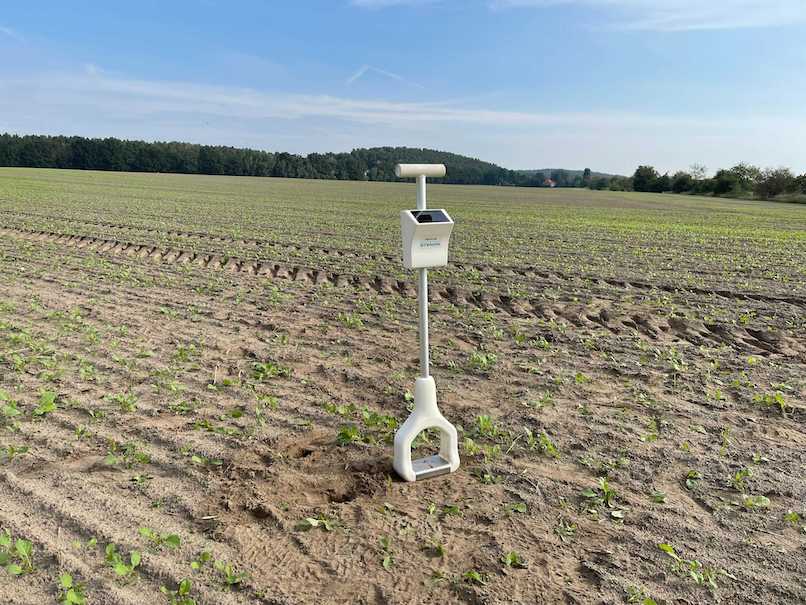The future of cleaning up waterways might just be pretty, fragrant, and inexpensive.
What could possibly provide these benefits? Flower power!
Findings from a recent study reported that over a 12-week period, flowers grown on cheap floating platforms could extract 52% more phosphorus and 36% more nitrogen than the natural nitrogen cycle removes from untreated water.
An added bonus: The flowers can also be cut and sold in the popular, multibillion-dollar floral market.
Dead zones: ICYMI, water pollution is kind of a big deal—and farm runoff, lawn chemicals, and some septic tanks all contribute. In combination, the runoffs produce “dead zones,” where aquatic life cannot survive, thanks to massive algae blooms that feed on the chemicals and choke out oxygen in the water.
RIP fish: In the 2020 Biscayne Bay fish kill in Florida, the area recorded the largest mass death of fish and other aquatic life on record due to water pollution.
Flower power: Researchers at Florida International University came up with a blooming solution, and not of the algae variety.
Giant marigolds, zinnia, and sunflower seedlings were transplanted into cheap polyethylene foam, “beemats,” that floated in polluted waterways in the canals of Coral Gables and Little River.
Weights anchored the platforms and attached to the shoreline so they never drifted too far away.
Where this goes floats: Researchers plan to study more plant varieties to aid in waterway cleanup and are looking at making some raft modifications.
Stenon’s Stocking Stuffed with $20M
Santa was good to Potsdam-based AgTech company Stenon this year: its stockings were stuffed with...
Droppling Like Fli… err, Hazelnuts
A decision to cut interest rates and a resulting currency crash in Turkey is making hazelnut...
Wheat Market Prices Recently…
Wheat producers and marketers have recently been on a wild ride. And they’d better buckle...




